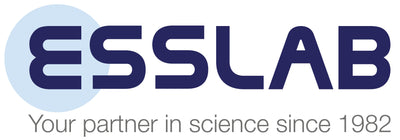PFAS, the ‘forever chemicals’, are a group of over 9,000 different chemicals, some of which are already banned or highly restricted. Their widespread use has resulted in adverse effects on the environment and human health. The Health and Safety Executive (HSE) and Environment Agency (EA) are currently re-assessing PFAS risks to health and the environment, to advise REACH UK to update the legislation on their use.
Our food should remain safe! To ensure vigilance, more quality and safety controls of a wider variety of foodstuffs are required due to changes in industrial

processes and their effect on the environment.
Scientific studies have associated exposure to a number of PFAS with severe adverse health effects, including cancer, and impacts on the immune, reproductive and hormone systems.
Since the 1960s, the Food and Drug Administration (FDA) has authorised specific PFAS for use in certain food packaging applications for their non-stick and grease, oil, and water-resistant properties. The highest PFAS concentrations have been consistently found in moulded fibre products, (e.g., bowls, plates, and food boxes).
PFAS legislation in the USA is ahead of most countries, including the UK. The FDA initially published an official method for PFAS determination in various food types to support food safety (FDA Method C-010.01). This method was updated in December 2021 to version C-010.02.
We have created a useful Application Note for Method C-010.02, which is a robust and quick method for the quantitative determination of PFAS in food products such as milk, curd cheese, bread, egg and vegetables.
Find the right products for your food analysis application from our wide range. If you do not find the products or technical resources you are looking for, please CONTACT US.
Read more about PFAS here…

Leave a comment